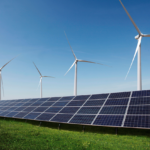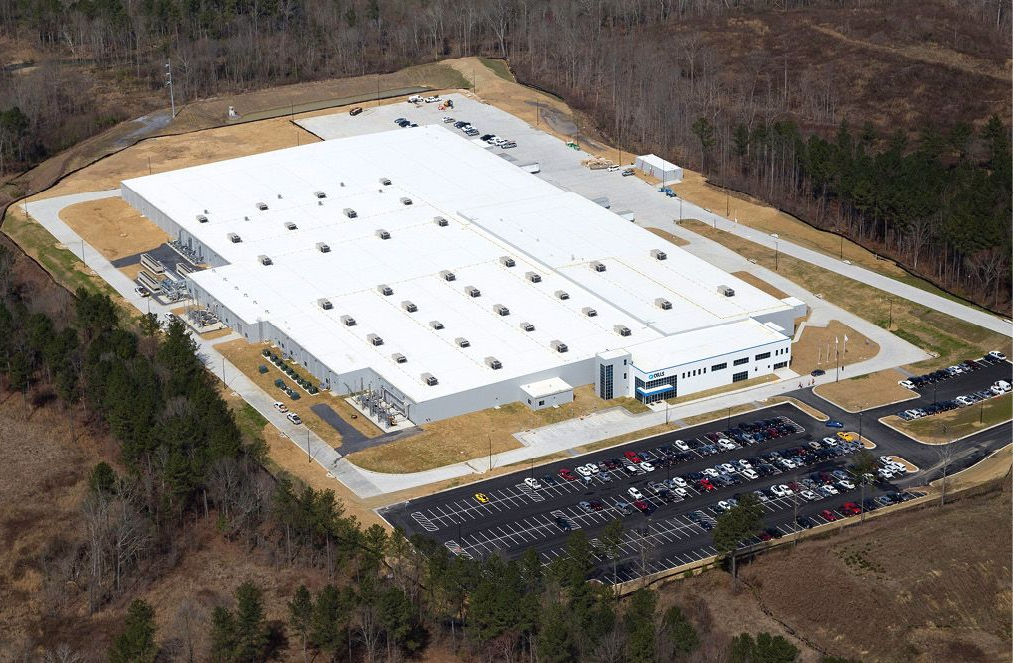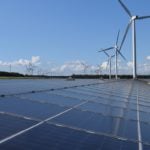Latest
The improved economics of solar and wind are increasing their value to the US grid, says Berkeley Lab. Image: BayWa r.e.
The falling costs of solar and wind power have increased their value as a hedge against wholesale power price fluctuations, but due to market and contractual structures, the benefits to US consumers in the form of lower bills are not always felt.
That is the headline conclusion of a study published last week by the Lawrence Berkeley National Laboratory (LBNL), quantifying the costs of utility-scale solar and wind in the US relative to wholesale market prices.
This article requires Premium Subscription Basic (FREE) Subscription
Unlock unlimited access for 12 whole months of distinctive global analysis
Photovoltaics International is now included.
Regular insight and analysis of the industry’s biggest developments
In-depth interviews with the industry’s leading figures
Unlimited digital access to the PV Tech Power journal catalogue
Unlimited digital access to the Photovoltaics International journal catalogue
Access to more than 1,000 technical papers
Discounts on Solar Media’s portfolio of events, in-person and virtual
Or continue reading this article for free
The study assesses the so-called “net market value” of solar and wind over time, defined as the difference between the cost of replacing solar and wind generation by purchasing electricity in the wholesale markets and the levelised cost of solar and wind electricity (LCOE).
Due to ongoing declines in solar and wind’s LCOEs and significant volatility in wholesale markets, particularly in 2021 and 2022, the study found that the net market value of these two renewable energy generation sources has improved. In 2022, for example, solar generated US$2.1 billion in net value in the US, while wind generated US$100 million.
This implies savings for purchasers and the potential for reductions to consumer energy bills. But as the report notes, the question of whether end-use customers benefit or not through lower bills is down to contractual structures and the sophistication of the purchaser or customer.
For example, in the case of a long-term power purchase agreement (PPA) with a fixed price, the hedge value of solar and wind in the form of lower bills is likely to be passed on to customers.
On the other hand, for fixed-price unbundled renewable energy certificates (RECs), consumers typically pay a premium, meaning the hedge value of solar and wind is less likely to be felt.
The LBNL report said the improved economics of solar and wind are, in some cases, causing purchasers to rethink their contracting practices to ensure retail consumers, particularly residential customers, capture more of the hedge value they can provide.
It recommended more electricity purchasers should consider contracting structures that allow for the improving economics of solar and wind to be passed on to end consumers, such as physical and virtual PPAs and index-based REC contracts that allow for hedge benefits when wholesale prices increase.
‘Grid Value and Cost of Utility-Scale Wind and Solar: Potential Implications for Consumer Electricity Bills’ is available in full here. The publication of the LBNL report follows the publication of a study by Lazard, which found that the range of LCOE across types of electricity generation in the US had tightened.
San Francisco Bay Area, USA
PV Tech has been running an annual PV CellTech Conference since 2016. PV CellTech USA, on 8-9 October 2024 is our second PV CellTech conference dedicated to the U.S. manufacturing sector. The event in 2023 was a sell out success and 2024 will once again gather the key stakeholders from PV manufacturing, equipment/materials, policy-making and strategy, capital equipment investment and all interested downstream channels and third-party entities. The goal is simple: to map out PV manufacturing in the U.S. out to 2030 and beyond.
Understanding PV module supply to the European market in 2025. PV ModuleTech Europe 2024 is a two-day conference that tackles these challenges directly, with an agenda that addresses all aspects of module supplier selection; product availability, technology offerings, traceability of supply-chain, factory auditing, module testing and reliability, and company bankability.
PV Tech has been running PV ModuleTech Conferences since 2017. PV ModuleTech USA, on 17-18 June 2025, will be our fourth PV ModulelTech conference dedicated to the U.S. utility scale solar sector. The event will gather the key stakeholders from solar developers, solar asset owners and investors, PV manufacturing, policy-making and and all interested downstream channels and third-party entities. The goal is simple: to map out the PV module supply channels to the U.S. out to 2026 and beyond.
Read Next
Chinese module manufacturer Trina Solar has signed a collaboration agreement with IES-UPM to drive innovation in the solar industry.
New Green Power has announced an agreement to offer Google the rights to procure up to 300MW of solar power from its development pipeline.
Chinese state-owned power company China Three Gorges Renewables has announced a plan to build a 8GW solar PV project in Inner Mongolia, China.
French renewable energy company Voltalia has signed a framework agreement to develop over 2.5GW of solar PV and wind capacity in Egypt to support green hydrogen production.
Norwegian energy company Statkraft has reduced its target to build solar, BESS and wind capacities from 2026 onwards.
Mounting system manufacturer Schletter has signed a deal with energy producer EnBW to supply mounting systems to a 80MWp project in Germany.
Subscribe to Newsletter
Most Read
Features , Featured Articles
Features , Interviews , News
Upcoming Events
Sands Expo and Convention Centre, Singapore
https://www.pv-tech.org/improved-economics-solar-wind-boost-value-renewable-power-berkeley-lab/





